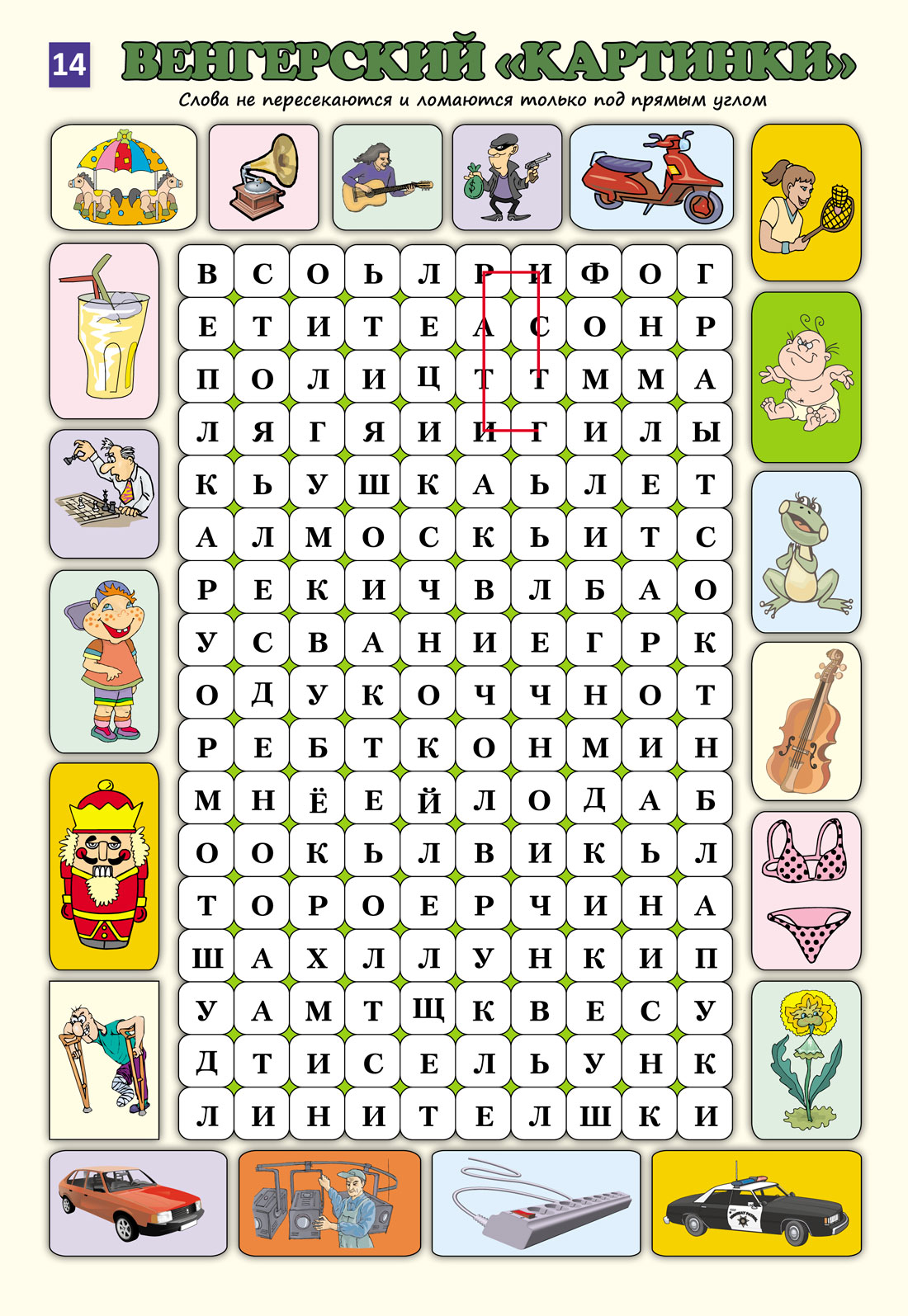Vengerskie Krossvordi S Otvetami

IMPORTANT: Make sure to open the folder in the drive called 'JVCCAM_APP' and not 'JVCCAM_SD' 3. Connect the USB to the camera and to the computer. Windows 7 has the pop up with Options to auto-play, view files etc. Jvc. So here's what I did to get it back. So I chose to 'open the folder to view the files'.
The Insignia support specialist will notify the customer by phone or email. Once a customer is satisfied the specialist will close the case. After a case closes, an automated email notification/alert is sent to the customer reviewing their original issue and its solution. Feb 04, 2015 Inequality, Mobility, and Being Poor in America. Forthcoming in Social Philosophy and Policy Spring 2015. 33 Pages Posted: 4 Feb 2015. See all articles by Steven Horwitz. Souleles at University of Pennsylvania - Finance Department, Peter Tufano at University of Oxford - Said Business School.
Evgeni Kostitsyn was born into the family of a general surgeon and a social worker in Eastern Ukraine, during the time of the former Soviet Union. He began studying music at the age of seven. At fourteen, he left home and family for Kharkiv, where he studied for five years at the Special Music School for Musically Gifted Children. In 1988, as his master’s thesis at the Kharkiv Institute of Arts(class of Valentin Bibik), Kostitsyn composed and premiered his first symphony. Reception of the work was mixed, as some criticized the piece for notoriously requiring two conductors (considered at the time unprofessional). Ironically, Kostitsyn's poly-conductor music (including his third symphony, which requires nine conductors) was later canonized and is in use today as standard material for study at major Eastern European conservatories.

The poly-conductor technique is now considered by some musicologists to be a logical extension of poly-tempo music. From 1988-1991, Kostitsyn studied privately with composer Edison Denisov at the Moscow Conservatory of Music.
The 'Polystylism' of Alfred Schnittke, who Kostitsyn studied with in 1989, also had an impact on Kostitsyn’s style. In 1993, Kostitsyn translated from German into Russian the first textbook on Dodecaphony which is currently used in many conservatories of Russia and CIS countries. In 1998, his multimedia composition How I Made This, based on Mary Shelley’s Frankenstein, won first place at The First Ukrainian International Competition for Composers, which was later renamed The Evgeni Kostitsyn International Competition for Composers. The United States government invited Kostitsyn to live and work in America as part of the 'Persons with Extraordinary Achievements and Abilities' initiative in 1999. In 2000, he founded CDK Music record label in Boca Raton, Florida, which produces and licenses audio and video materials for worldwide distribution, specializing in Russian performers.
Today, CDK Music controls rights for the largest outside of Russia catalogue of Russian produced recordings of classical music. Booklet notes authored by Evgeni Kostitsyn demonstrate a fresh look at music history. In 2006 Kostitsyn Intellectual Properties was founded.
In 2008 Kostitsyn Films, a movie production company, was founded. The focus of Kostitsyn's composition is his emergent technique 'synchronous music,' the simultaneous unfolding of multiple pieces of music. The technique leads to new artistic results, establishing a new tradition for the composition, performance and perception of music.
The interrelationship of different pieces is the basis for the organization of a synchronous work's overall form. Aspects of a work's form (such as introduction, exposition, development, climax, conclusion, and coda) are defined by the quantity and complexity of individual compositions being used. Each of the individual works that make up a piece of synchronous music possess their own forms, styles, tempi, timbres, and principles of development and are often performed by different ensembles or groups inside of an orchestra or choir. A significant development resulting from Kostitsyn's synchronous technique is 'musical cubism.' Aspects of some of his music are direct assimilations of the painting technique of Georges Braque and Pablo Picasso. In Kostitsyn's cubist music, shapes are drawn by broken lines on a score and used to fill space as time unfolds. The shapes are identified by the presence or absence of sounds.
- пятница 16 ноября
- 76